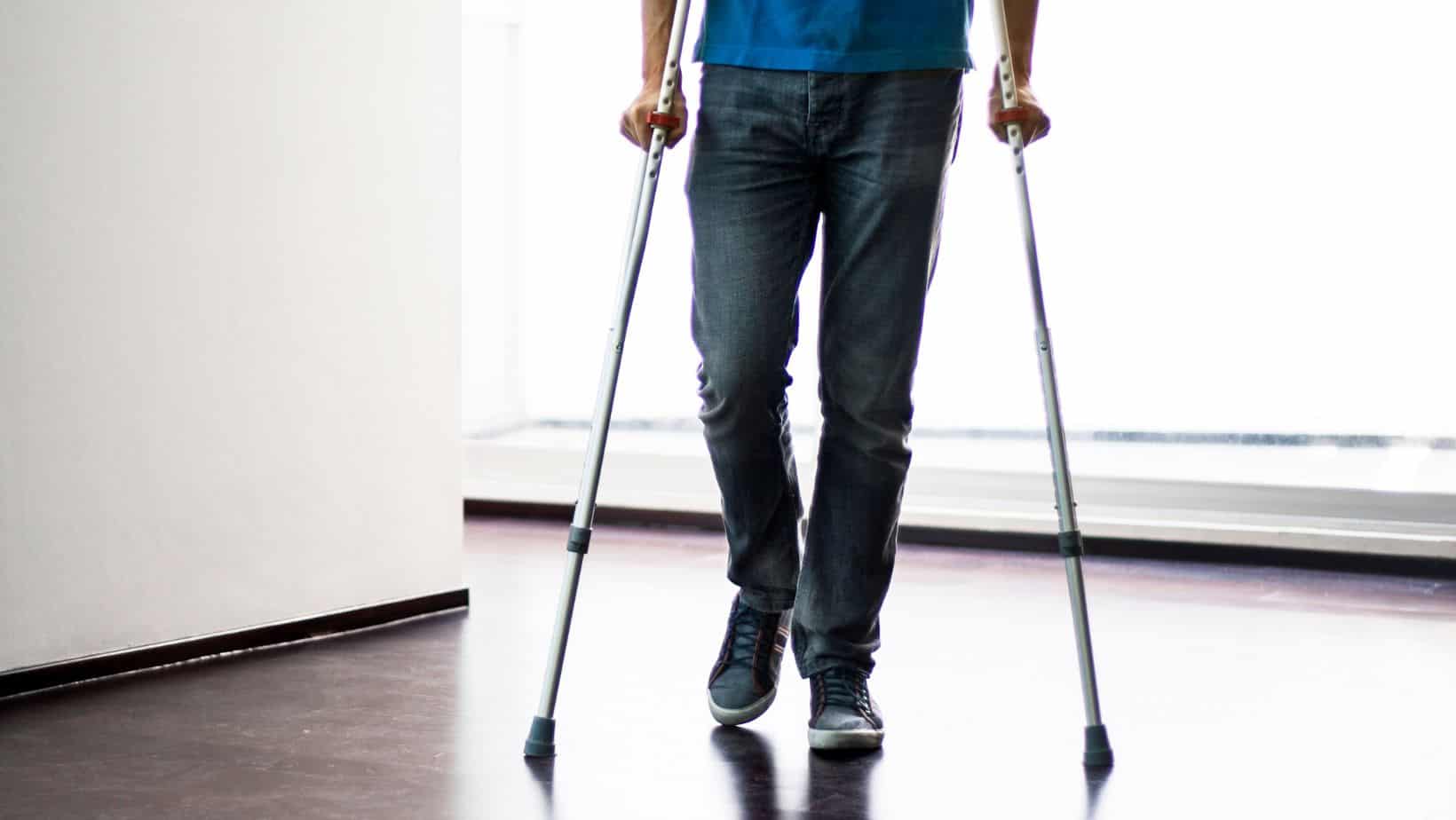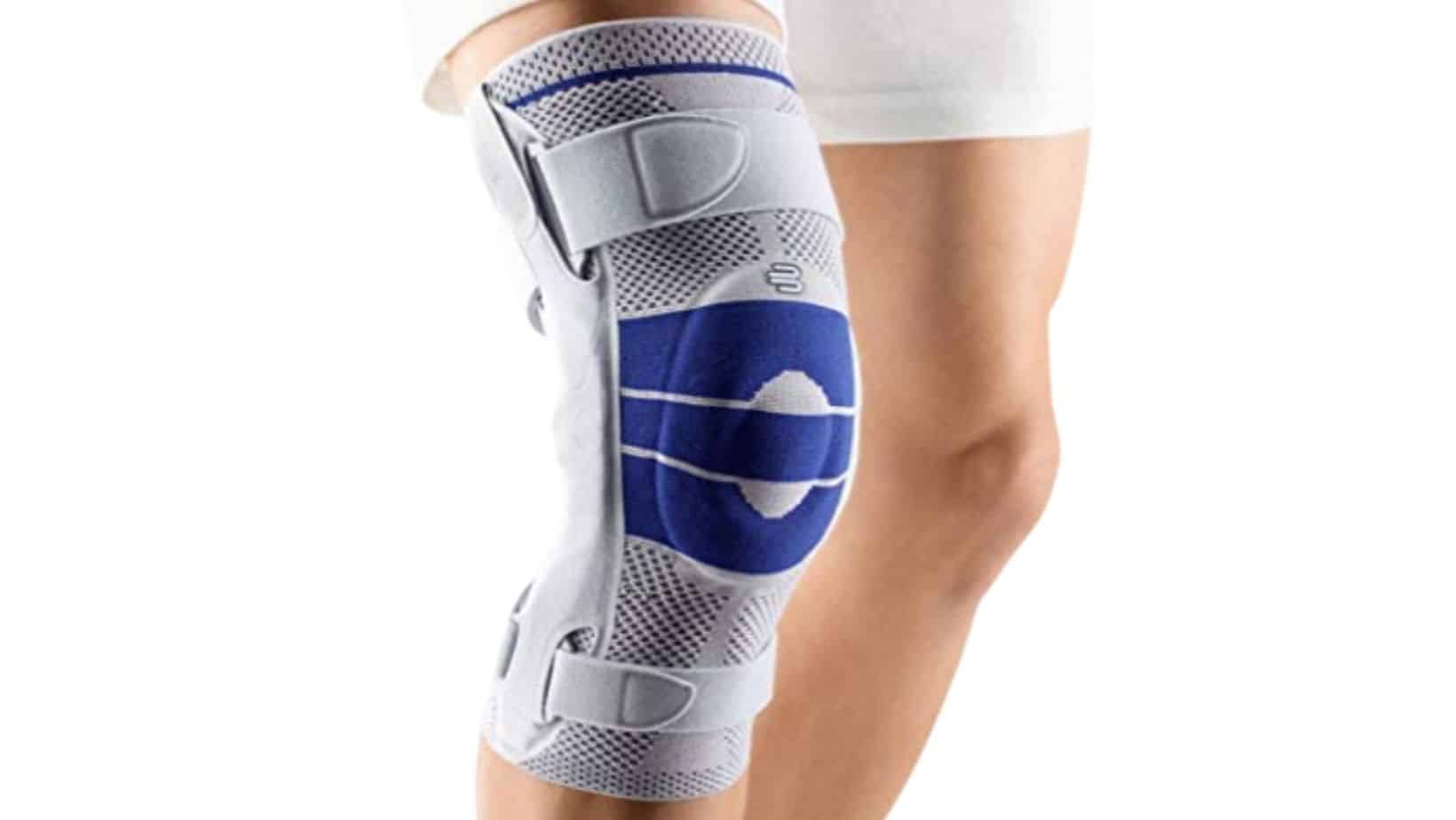Lateral Meniscus Tear Treatment
Read More >
Depending on the location and the severity of the tear, a lateral meniscus may heal on its own. If it is located on the outside of the meniscus rim, where the blood supply is better, and if the tear is small and simple, it has a better chance of healing itself without the need for surgery. However, if the tear is large, complex or located in the central part of the crescent-shaped meniscus it is unlikely to heal on its own due to the lack of good blood supply.

In most cases, a torn lateral meniscus will not make you unable to walk. However, it can be painful or aggravate the knee if you continue to walk on the knee excessively. The best practice is to give the knee as much rest as possible for a short period of time such as 5-10 days of minimal walking. Then see how the knee responds to a slight increase of activity, increasing your daily walking step count by small increments. Be aware that even if you have no symptoms during activity, you may notice greater pain, swelling or stiffness of the joint later on that day or the next day. Hence, why you should increase by small increments and check how your knee responds in the hours that follow.
Walking is not specifically good or helpful for the meniscus while it is repairing. In the acute phases, crutches may be offered especially for more severe or complex tears, to reduce the pressure on the healing structures. It is best to reduce your walking step count with an acute injury and only gradually increase your walking while checking how your knee responds. A good guide is to check if you feel any pain when walking, and if you have any increase in swelling after.

Most individuals will feel pain on the outside of their knee, this can radiate down the leg, with some people experiencing pain in their calf. Pain can feel sharp if the meniscus catches, or a dull ache after activities that have aggravated the knee. Stiffness and restricted range of movement are felt in most people in the acute phase, or after aggravation. It is only with worse tears that a feel instability or locking may be experienced.

With severe meniscus tears, a knee brace will be advised to be worn to offload the meniscus to help its healing and to offer stability if the knee feels unstable or like it might give way. A brace can protect the knee from other accidental movements such as twists and falls. Read our related article for our recommendations on braces and taping: Lateral Meniscus Tear Treatment.
You should avoid impact, twisting the knee and deep flexion of the knee especially when you have weight on the joint. Activities such as running, jumping, squatting and playing sports are all to be avoided. These movements all put high stress on the meniscus and will negatively impact healing, a tear can be worsened with these movements.
A meniscus tear can be made worse if you do not give the injury adequate time to rest and recover, or if you continue to do exercise and activities that stress and aggravate the meniscus. These exercises include impact exercises such as running and jumping and those that twist the knee. If these exercises are continued, most people will feel pain during or after, and might notice more swelling in the knee after or the next day. A tear can be worsened with these exercises.

Strengthening exercises for the quadriceps, and gluteal muscles, as well as stretches for the hamstring and calf, are usually very helpful choices of rehabilitation exercises and can be started early on in some form. A physical therapist will be the best healthcare professional to guide you with the best exercises for the tear you have, and at the phase of recovery, you are in.

A simple meniscus tear in an area of the meniscus with a good blood supply can take as little as 4-6 weeks to heal and recover if given the appropriate rest and treatment. If you are not making progress with conservative treatments such as physical therapy after 4-6 weeks you should have a review with a sports doctor or orthopaedic specialist doctor. They may suggest a scan such as an ultrasound or MRI to confirm the diagnosis, and they will be able to offer injections which may help you make progress with conservative treatment. More complex or large tears in areas with poor blood supply may take closer to 3-4 months, or may need surgery to resolve symptoms.
This is not medical advice. We recommend a consultation with a medical professional such as James McCormack. He offers Online Physiotherapy Appointments for £45.